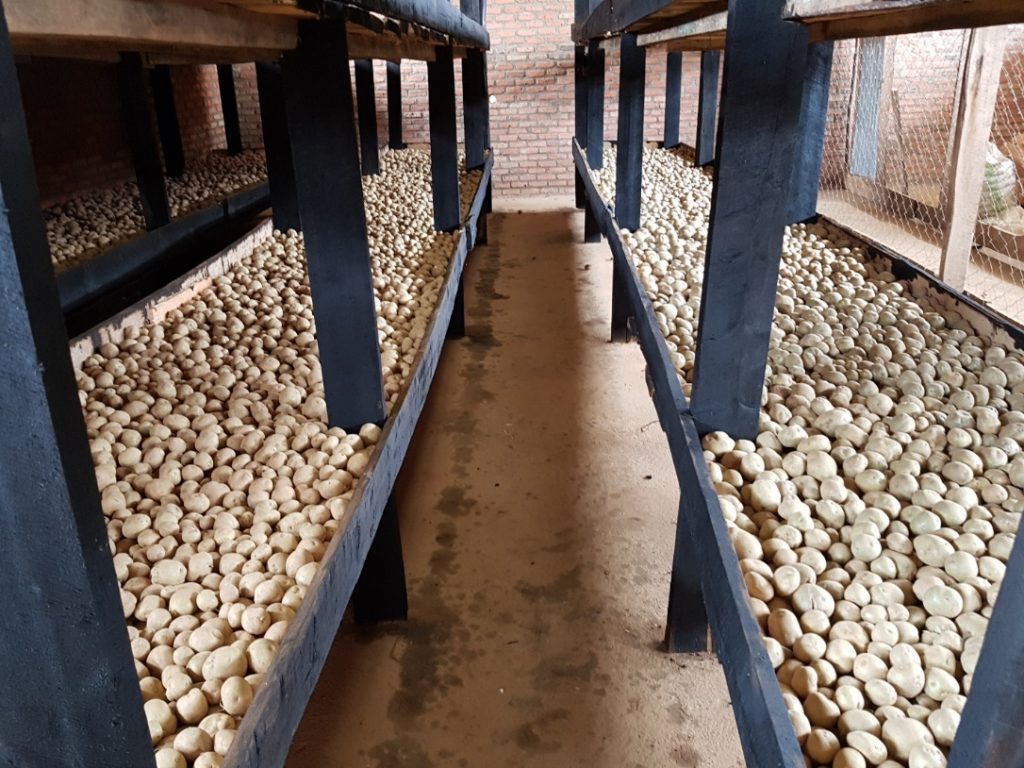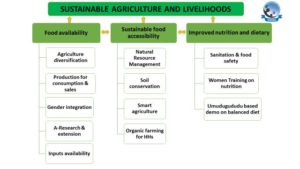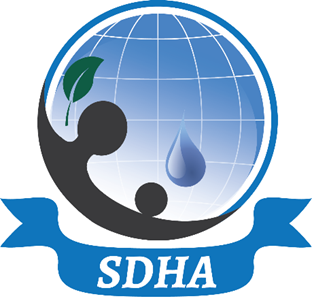
 Sustainable Agriculture and Livelihoods is a major programmatic areas feeding into the vision of SDHA. Sustainable food availability and adequate nutrition are the fundamental pillars for beneficiaries well-being.
Sustainable Agriculture and Livelihoods is a major programmatic areas feeding into the vision of SDHA. Sustainable food availability and adequate nutrition are the fundamental pillars for beneficiaries well-being.
The logic programme model is made of three main complementary components:
1-Food availability
Households with limited land need to secure food by combining different methods namely Agriculture diversification for self-sufficiency on food while farmers in cooperatives need support for crop intensification for market oriented agriculture, inputs accessibility and farmers’ trainings. It is important to underline the central role of women in agriculture sector. Hence, women empowerment is very key to ensure food availability ( or security??). The food availability is backed by community research and extension of best practices using “Field farmers School-FFS” approach.
- Market oriented agriculture
More than 80% of Rwandan earn life from agriculture. The intent of the program is to transform the subsistence to food security at households level the into market oriented agriculture.
SDHA Pic. Supporting in quality seed production for Potato crop
SDHA supports individual farmers and cooperatives in different agriculture value chains for market oriented agriculture such as : maize, potato, beans and horticulture. SDHA supports in terms of providing high yield varieties, demonstration of best practices, and market access support.
2-Sustainable food accessibility:
Food production cannot sustain if we don’t take care of natural resource management namely soil conservation by erosion control and agroforestry development. Small scale farming on limited land (average of 0.2 Ha per Household of 5 People Rwanda context) requires much attention to maximize production and sustainable use of the soil. SDA combine different approaches as follow:
- Climate Smart Agriculture –CSA: Climate-smart agriculture (CSA) is an approach that helps to guide actions needed to transform and reorient agricultural systems to effectively support development and ensure food security in a changing climate. CSA aims to tackle three main objectives: sustainably increasing agricultural productivity and incomes; adapting and building resilience to climate change; and reducing and/or removing greenhouse gas emissions, where possible.
Photo SDHA : Supporting Biofortified beans for household food security with high nutrient beans
- Organic farming: Organic Agriculture as “a production system that is managed to respond to site-specific conditions by integrating cultural, biological, and mechanical practices that foster cycling of resources, promote ecological balance, and conserve biodiversity.” To this end, SDHA supports beneficiary Households to go organic for production of consumption by promoting organic fertilizer, Integrated Pest Management (IPM), integrated farming, high nutrients crops (bio fortified beans, maize and sweet potato, mushroom production and vegetables gardens). This model is appropriate for vulnerable households with limited means and land and is suitable for climate resilience.
3.Nutrition
Rwanda is a low-income, food deficit country, and is one of the least developed countries. One of Africa’s highest population densities and a population growth rate of 2.6 percent each year contribute to the country’s food insecurity. Households headed by women or orphans make up 36 percent of the population. WFP reports 37 percent of chronic malnutrition rate among children under five.
Apart from, ordinary households, Rwanda hosts over 70,000 Congolese and 84,000 Burundian refugees on its territory in 5 camps. Further strain on Rwanda’s limited resources is added by the presence of over 73,000 Congolese refugees, the vast majority of whom are housed in five camps, and over 84,000 Burundian refugees, more than 53,000 of whom live in Mahama camps and the remainder in urban communities.
A number of studies and own experience have shown that having abundant foods does not necessarily mean good nutrition. SDHA conducts cooking demonstration at community level and in public institutions (hospital) to show mothers how to prepare a balanced diet with available foods.

4-Human rights and social inclusion for vulnerable groups
This is critically important in Rwanda context and policy, where pro-poor groups, youth and women categories need attention for inclusive growth. SDHA cares for disadvantaged groups for their integration and participation to national development. To be feasible, SDHA encourages youth and women to actively take a stake in the development process of their constituency /village and sectors and District. Additionally, to this, some groups like historically marginalized groups, Refugees, Rwandans returnees, Disasters affected people need special support and focused trainings, minimum package for their quick social reintegration in the community.
